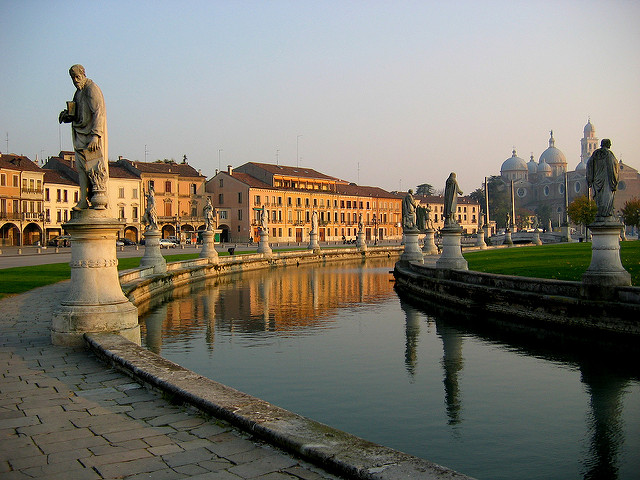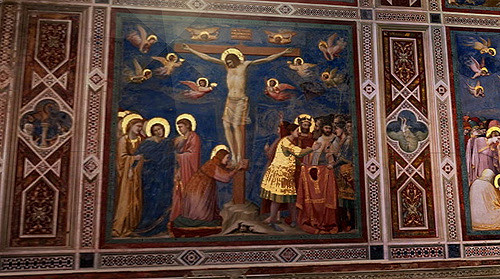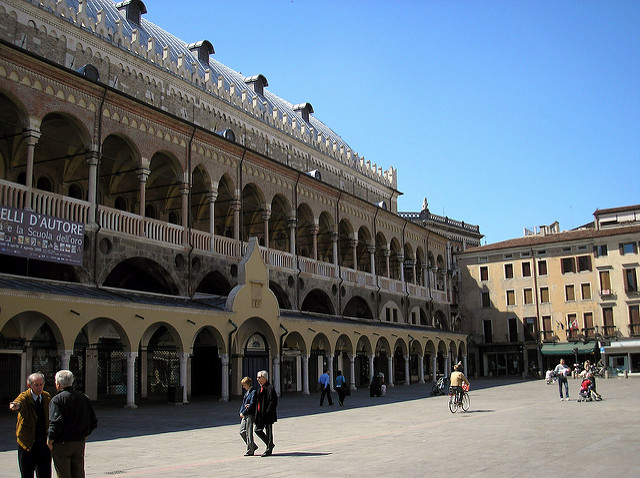The beautiful city of Padua is overshadowed by its famous neighbour Venice. However, those visiting the city on Italy Customized Tours can fully appreciate its charms: the canals, porticoed streets, stunning frescoes by Giotto, lively markets make Padua one of the most beautiful places in the country.

The majority of the sights are located in the city centre and can be reached on foot. The 14th century Cappella degli Scrovegni, Padua’s main attraction, is home to Giotto’s cycle of breathtaking frescoes depicting stories of Mary and Jesus. For art buffs, Padua is a treasure-trove: the Romanesque Baptistery, the Eremitani church and the Palazzo della Ragione are all decorated by masterpieces.
Basilica of St. Anthony is another star in Padua’s constellation of treasures. Built in the 1200s, the church houses a number of religious relics (including St. Anthony’s tongue) as well as statues by such famous sculptures as Jacopo Sansovino and Donatello.

The University of Padua is 800 years old and counts many illustrious personas among its students and teachers such as Dante Alighieri, Nicolaus Copernicus, Galileo Galilei. You can visit Palazzo Bò (The University building) on one of the guided tours to admire ancient study halls and a wooden anatomy theatre.
Once the symbol of Padua’s political and cultural power, the magnificent medieval Palazzo della Ragione, locally known as Il Salone, will take your breath away with its magnificent arches and allegorical frescoes. The palace is flanked by two beautiful squares, Piazza della Frutta and Piazza delle Erbe are the site of the daily market that has been here since the Middle Ages.

Prato della Valle is one of the biggest squares in Europe and, undoubtedly, one of the most beautiful. It looks like a green island surrounded by water canals with bridges, rows of splendid statues and a fountain in the middle.
Pop in to Caffè Pedrocchi, one of Italy’s most famous cafes, to have an overpriced but utterly delicious cup of coffee in the most opulent surroundings. Built in the 19th century, the Pedrocchi has an Egyptian room, a Renaissance room, a Roman room with the grand first floor, the piano nobile, designed for lavish parties and balls.
Photos via Flickr by: Julien Lagarde, Eleonora Porta, Michele Bigi.


